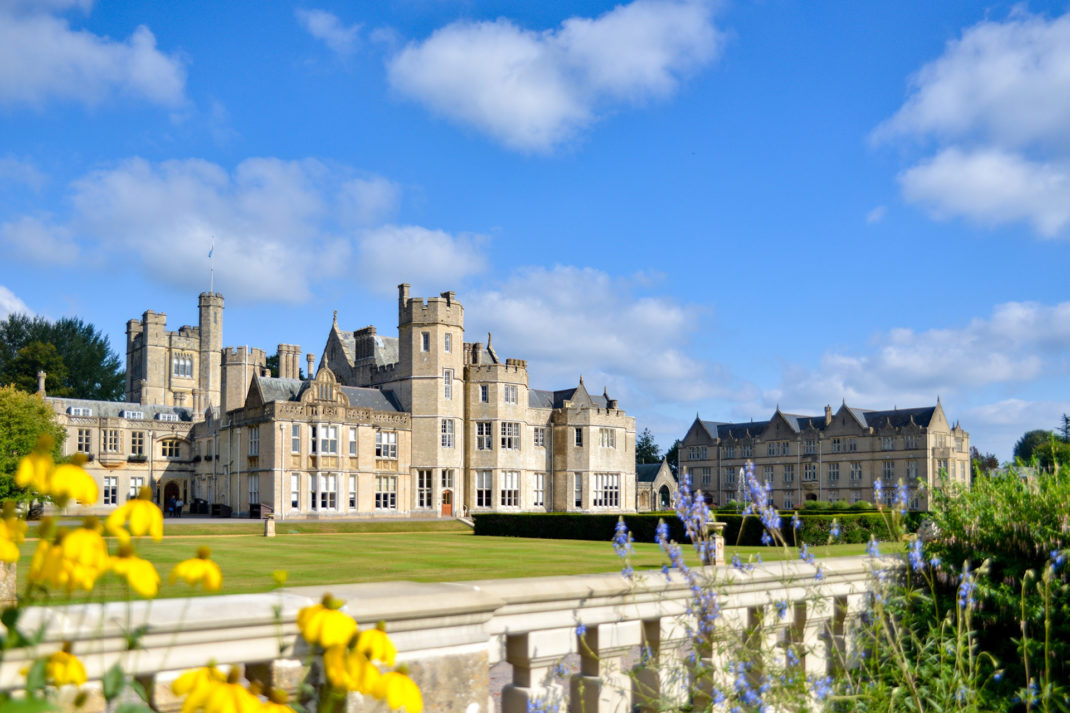Independent Schools’ Growing Bursary Funds
By
5 years ago

A Generous Legacy
Sally Jones finds out how schools manage their endowments

If you divide Britain’s independent schools into the financial haves and have nots, a small handful dominate the premier league of big hitters. The lucky few, like Christ’s Hospital, Eton, Winchester and The Whitgift Foundation, enjoy huge historical endowments. They are the fortunate beneficiaries of extraordinary bequests of money and property made centuries earlier, from far-sighted philanthropists like William of Wickham and John Whitgift. Wisely invested, these assets have produced hundreds of thousands of pounds a year, cushioning such schools from economic uncertainty as they fulfil their traditional purpose of educating children, including the poor and disadvantaged.
Eton spends £6.5m a year on bursaries and scholarships and more than a fifth of its pupils receive financial help, among them 75 boys with full fee remission. Its ‘New Foundation Scholars’ (gifted boys from state secondaries) are the modern-day equivalent of the ‘70 poor scholars’ for whom Henry VI founded the school in 1460. The three Whitgift schools spend over £5m a year on bursaries with around 45 per cent of their pupils on fee assistance.
Christ’s Hospital, founded in 1552 to educate and house needy children, is the best-funded of all. Thanks to its links with the City of London Corporation, plus generations of philanthropic alumni (Old Blues), it enjoys a whopping endowment of £380m, raises £4m a year in donations and spends £16m on providing bursaries. Many of its 860 pupils come from deprived or dysfunctional backgrounds, over one third are on free places or paying less than ten per cent of the fees. The school continues to grow its funds as successful pupils who have benefitted themselves from this largesse routinely donate generously, helping future generations of financially poorer youngsters fulfill their potential.
But what of major schools lacking such financial security: those founded more recently, such as Brighton College, Canford, Gordonstoun and Millfield? Or top girls’ schools where elements of the ‘glass ceiling’ remain, thanks to a proportion of alumnae devoting potentially high-earning years to raising their families, reducing the flow of possible donations to their alma mater?
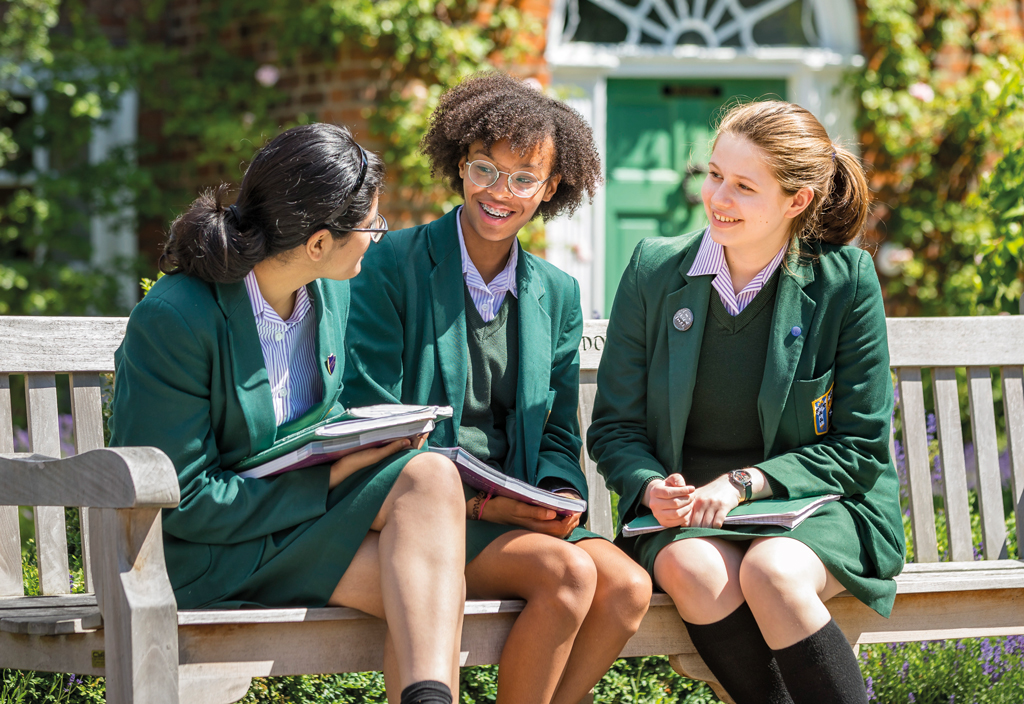
Brighton College, founded in 1845 and originally without huge financial reserves, is using the power of its reputation for academic quality and high value-added scores to partner award-winning international schools in the UAE and Bangkok. The income generated boosts the college’s endowment and mission to broaden access for charitable purposes in the UK.
Good financial management, corporate sponsorships and extensive alumni donations have helped to fund projects including its £37m state-of-the art combined sports and science centre and its partnership with the London Academy of Excellence.
Gordonstoun’s royal connections have proved invaluable. HRH Duke of Edinburgh helped found the school with a commitment to service and sent his children there, who in turn sent some of theirs there as well. This inspired the Duke of Edinburgh’s Award and the life-changing adventure it offers to children from 144 nations.
Earlier this year, the Duke gave his name to a foundation to allow more students from less privileged backgrounds to attend Gordonstoun. It has already attracted generous donations and is helping to expand the school’s endowment fund significantly.
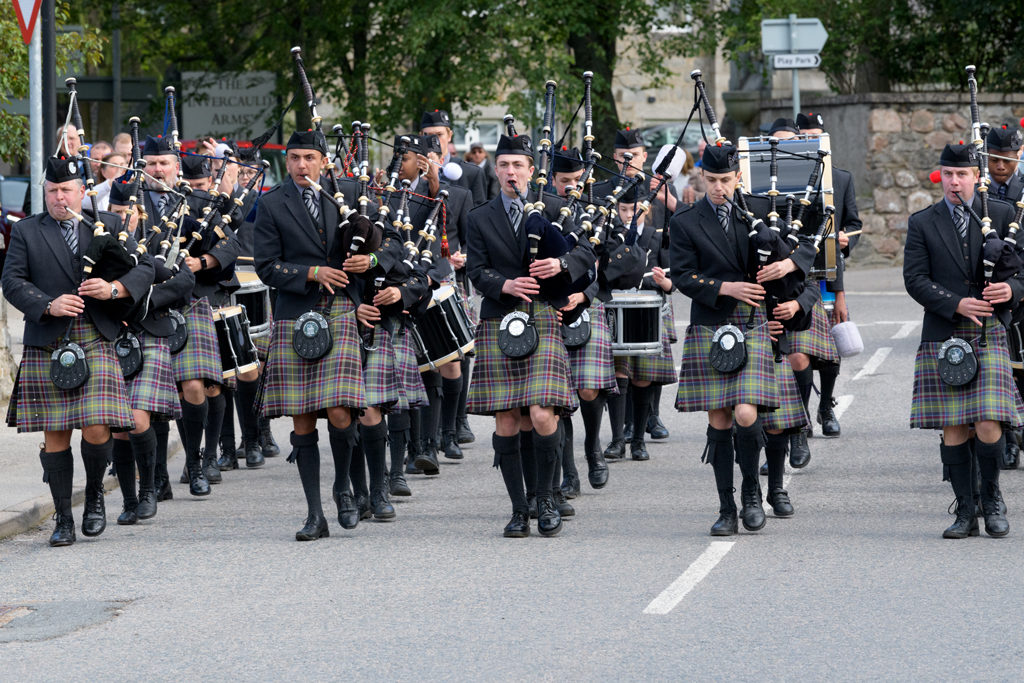
Principal Lisa Kerr says, ‘A third of our pupils already receive some kind of bursary, however we want to do more. It is part of our founding ethos that everyone benefits from living in a diverse and inclusive community. By generously giving his name to the Prince Philip Gordonstoun Foundation, the Duke of Edinburgh has helped to ensure that our unique education will be accessible to many more deserving young people.’
When Cheltenham Ladies’ College recently began fundraising for a new Health and Fitness Centre it leveraged the connections and spending power of parents and former pupils, with a high end fundraising auction. Auction lots included stays in villas and chalets worldwide, spa days, wine tastings, the opportunity to name new boats for the CLC rowing teams and even ‘money-can’t-buy’ behind the scenes experiences including tickets to the X-Factor Live.
Sporting powerhouse Millfield was founded only in 1935, initially in rows of unprepossessing-looking Nissen huts and without longstanding endowments or the nostalgia-quotient of older institutions. However, with its renowned focus on professional-level sport, success has bred success and it numbers scores of Olympic medallists and world champions among its alumni. Its reputation of providing high-quality coaching and facilities and the presence of like-minded pupils striving for excellence have made it the go-to school for would-be Olympians. It was one of the first big-name schools to support numerous talented, low income children by offering them free or heavily subsidised places, with fees charged only to parents who could afford to pay; a system still in place today.
Many successful alumni remain loyal, acknowledging the role Millfield played in their later triumphs and the school understands the power of a big name and the networking opportunities that donations offer. After launching the Gareth Edwards Scholarship Fund earlier this year, they are already half-way to their target of £1.2m. This funding will be used to support young rugby talent, hoping to follow in famous Millfield footsteps like those of Edwards and Chris Robshaw whose time there helped him manage his dyslexia and gain the self-belief that contributed to his appointment as England captain.
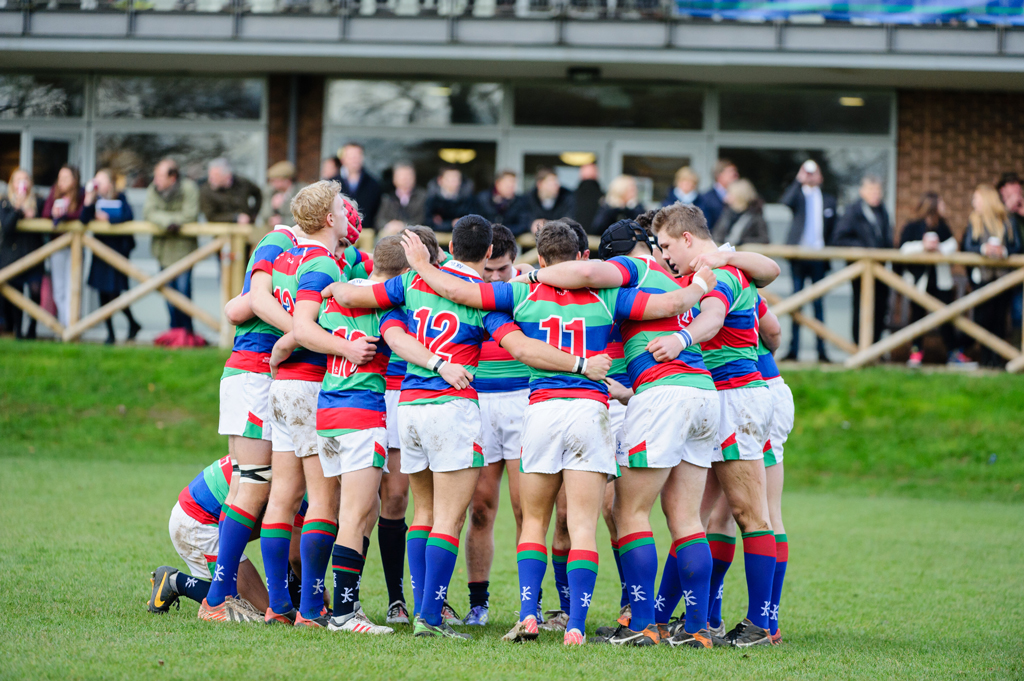
‘Millfield gave me the opportunity to do what I am doing today,’ said Robshaw. ‘I’m very privileged to have been a pupil there. They give you the opportunities, through top-class facilities and coaching in all sports. No surprise that the school produced top-class players in Gareth Edwards, JPR Williams, Chris Oti, and Mako Vunipola.’
Malvern College too is raising its already high cricket profile with its new scholarships in the name of England great Rachael Heyhoe Flint, becoming the first school to offer dedicated awards for talented female cricketers.
For Canford, the sensational discovery in 1994 that a valuable original Assyrian frieze (previously used as a dart board in its tuck shop and believed to be a plaster copy) boosted its endowment by a welcome £7m. These days Canford is working hard to bring in smaller, regular windfalls for bursaries, by engaging alumni to donate to its Martin Marriott Foundation launched in 2016, in honour of a popular former headmaster. Each year Canford aims to provide full bursaries for one sixth-form pupil and two other pupils from its academy school, the Bourne Academy.
‘Transformative bursaries are our main driver, benefiting children from disadvantaged backgrounds,’ explained Rowena Gaston, Canford’s Director of Development. ‘We aim to raise awareness as well as money, introducing a culture of giving back to the school. Many children with bursaries are very driven in helping raise funds for more bursaries, realising the opportunity they’ve been given. Fundraising is a long game. We build relationships with alumni over years and encourage them to develop an affinity to the school, donating and eventually leaving legacies.
‘Fourteen pupils do a telethon, ringing alumni to update them on what’s happening here. We match callers with alumni on their sporting interests and university destinations. Connor Elliot, one of our telethon sixth-formers is typical of the youngsters who’ve benefited. He’s a local boy who came to Canford on full bursary and he’s done so well he plans to study Medicine at Imperial College London.’
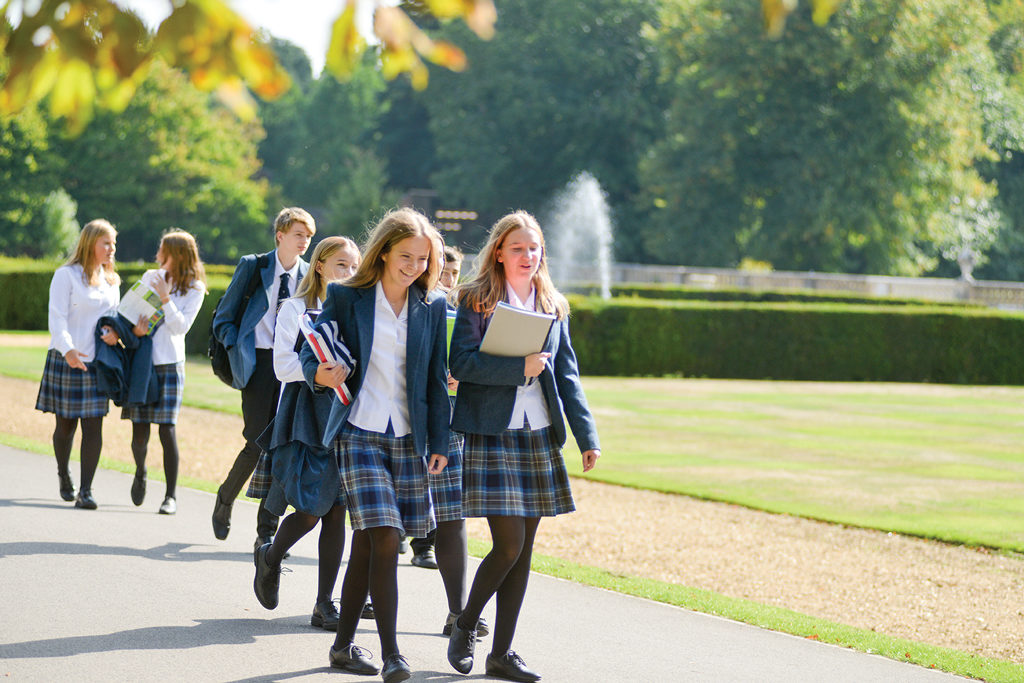
High-flying King Edward VI High School for Girls, Birmingham, has also used imaginative methods of increasing its endowment. Like Canford, it regularly runs a highly successful telethon, which provides thousands of pounds for its ‘Delyvere’ bursary fund. It also aims to raise £400,000 a year from regular donors and legacy pledges to ensure that 25 per cent of pupils will receive an assisted place by 2020, engaging alumnae with intimate bespoke events like the recent piano recital at an Old Edwardian’s home by high-profile pupil Lauren Zhang, the BBC Young Musician of the Year.
Collective fund-raising is becoming increasingly popular. Best-placed are well-known schools in London and the Southeast, thanks to the numbers of well-heeled families they attract. At socially diverse Latymer Upper School in west London, leavers’ parents raise enough money each year to support a pupil on a bursary throughout sixth-form.
‘Our target is £40m for our bursary campaign by 2024, which will be our 400th anniversary,’ said Amanda Scott, Latymer Foundation’s Director of Development. ‘Half for our endowment and half for annual bursaries. We’ve raised £24m so far and eventually hope to be able to offer a quarter of our 1,200 children means-tested bursaries.
‘The parents, together with alumni and staff, contribute £500,000 a year to our annual Bursaries Appeal and also run events like The Great Latymer Dinner Party, hosting people in their homes. Some members of the Latymer community give fund-raising talks or concerts, like the actor Mark Strong and alumnus Raphael Wallfisch, world-renowned cellist. The pupils also have a fundraising club called RAISE which organises a wide range of events such as film nights, sweatshirt sales and University Challenge-style quizzes.’
‘Our head David Goodhew came from a humble background and was the first member of his family to take A-levels,’ added Amanda Scott. ‘He went on to read classics at Oxford and his education turned his life around. That’s why it’s so important to him that as many children as possible, regardless of circumstances, get the same chances he did – and that’s why we and good schools like ours are so focused on raising our endowment and the life-changing opportunities it provides.’
This article was originally published in Scholarships & Bursaries 2019/20. To read more click here.

